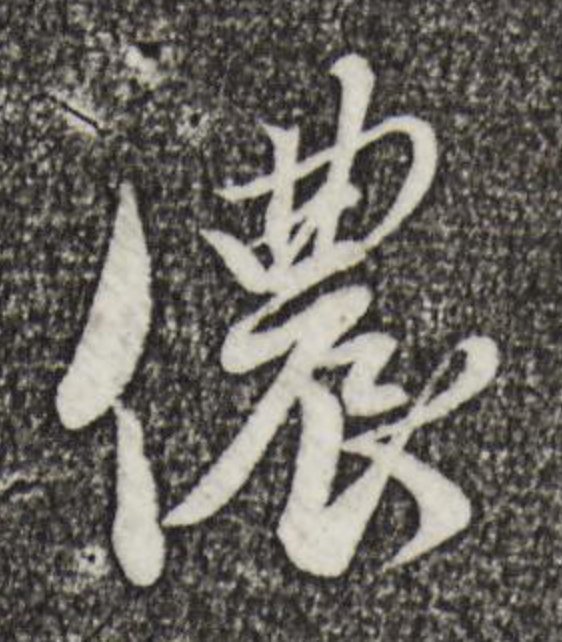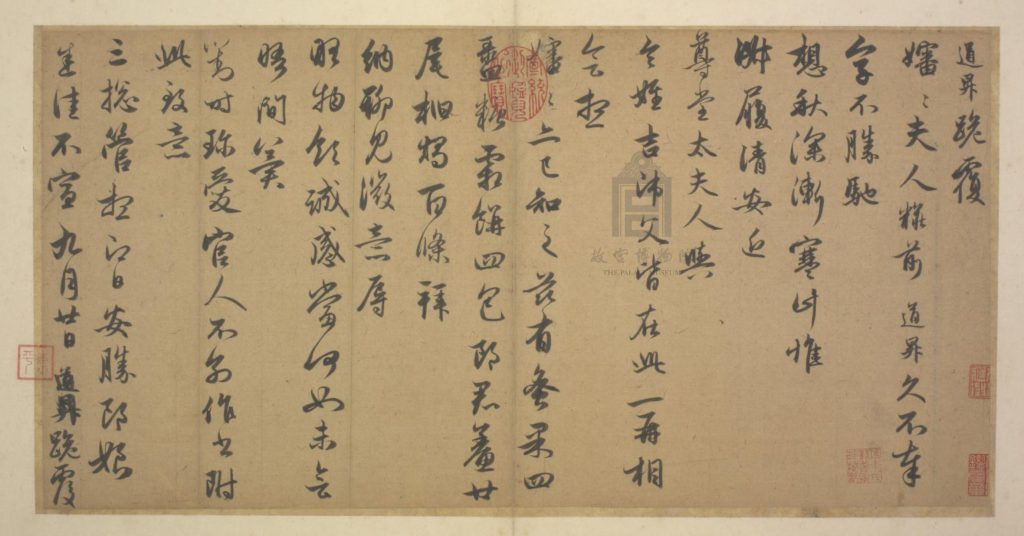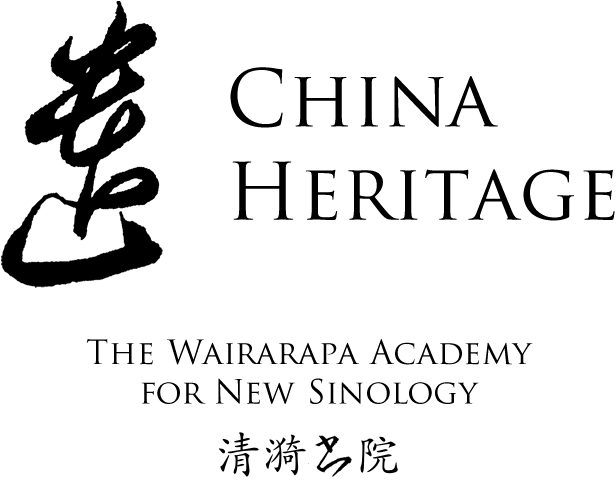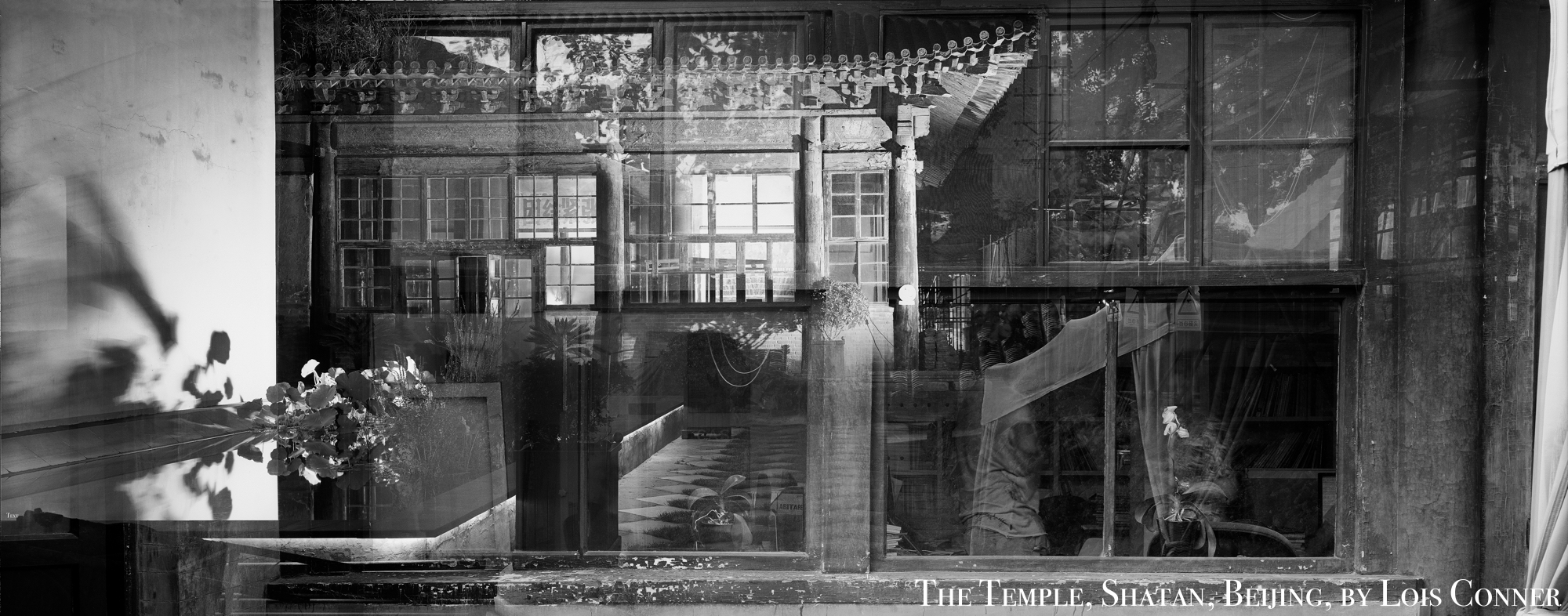Contra Trump
你儂我儂
Peter Hartcher is political editor and international editor of The Sydney Morning Herald and The Age in Australia. He interviewed me about how Donald Trump’s America is becoming more like Xi Jinping’s China. Our discussion is reproduced here as a chapter in our Contra Trump series.
***
My conversation with Peter brought to mind observations I made about what I called the ‘moronic convergence’ of China and Australia in a keynote address to the annual meeting of The Oriental Society of Australia in December 2006:
In 1997, Stephen FitzGerald, Australia’s first ambassador to the People’s Republic of China, invited me to speak at the Asia Australia Institute of the University of New South Wales, of which he was head. We were in a public forum at the State Library to discuss Australia’s relationship with Asia. Already outraged by the political turn in this country [following the election of a right-wing government under John Howard in 1996], and the evident redirection of national energies towards our alliance with the global unipower, I too posed the question of whether Australia was an Asian country. Long given to delivering my views in an ironical tone, I remarked that yes indeed we were an Asian country and that, undetected by most, we also had something of a composite Asian leader in the body of what my friends call the Prime Miniature, John Howard.
I recall I said something to the effect that Howard had the bushy eyebrows of the Chinese Premier Li Peng, the weasel ways of the former Japanese Prime Minister Hashimoto Ryutaro, the finger-wagging hauteur of Malaysia’s Mahatir Mohamed, as well as the bent for cronyism of the former Indonesian President Suharto. In political style, I opined, we were more Asian than most of us would care to admit.
Some years later, in November 2002, I was invited to another event organised by the Asia Australia Institute at the State Library. That gathering too was convened by the head of the Institute, Stephen FitzGerald. It was held to commemorate the thirtieth anniversary of the normalisation of diplomatic relations between Australia and China. I called my speech ‘Over 30 Years of China and Australia — Some Thoughts on a Glum Convergence’. In my remarks I observed:
Once, many students of China shared a sense of fascinated engagement with a country that was vastly different from our own, one whose values and institutions were not only at variance, but markedly inferior to those of our own shores. Anyone who is seriously engaged with both China and Australia knows that such certitudes are now little more than an unsettling memory.
Here our media enjoys a narrowness of bandwidth that is unique in my lifetime. Our independent and public sources of debate and speech are more constricted and threatened than ever before. And when it is in doubt, a grey bureaucracy run by lacklustre ideocrats falls back on national crisis, the sense of embattlement and the fear of faceless foreign terror to stir up a populist response and convince all that their mandate represents the true and abiding interests of the people’s will. Of course, I’m talking about the federal government, generally aided and abetted by the supine members of what can only laughingly be dubbed an ‘opposition’.
One recalls the outpouring of national grief at the time of the Beijing massacre of 4 June 1989 and the generous response to those becalmed in Australia. Remember the human rights delegations of the early 1990s when Australia had the temerity to monitor the human rights situation in China? And, and … But that was all long before the revival of race-based politics; it was also before we saw the efflorescence of opinion-poll driven demagoguery; and before we realized how the decay of civic values and vision happens: not in a wild flurry of calamitous agitation, but gradually, with insouciance, and even with a measure of self-deceptive willingness … .
The certitudes of those early years of contact with China have been confounded by history; the values that so many of my generation, at least publicly, held dear and to be self-evident are now under attack or being rejected at every turn. While economics and trade provides a veneer of unity, the underlying world views and aspirations of countries in our region are not simple, stagnant or obvious.
I have suggested that there has been a glum convergence over the recent decade or so, one that parodies the ‘harmonic convergence’ that you may recall was touted in 1987 [by Shirley MacLaine]. Remember, that was when an alignment of stars promised a coming together of the people of the world in a mood of sharing, equality and a tremulous group hug. Given the new-agey overtones and bleeding-heart simplicity of it all, many derided that meeting of global minds as more of a ‘moronic convergence’.
— from Shared Values: a Sino-Australian Conundrum
Nearly two decades later, we on the sidelines are witnessing a ‘glum convergence’ of a far more consequential nature. It is glum because we are witnessing a doppelgänger of oriental and occidental despots — Xi Jinping and Donald J. Trump, not to mention Vladimir Putin — who share a soulless and illiberal inhumanity. (Although, in comparison to Trump, both Xi and Putin really are ‘stable geniuses’.) There is no wizardry in any of this: Trump and Xi are a monocratic pair whose regimes are inimical to the open society, an unfettered press, judicial probity, independent scholarship and free thought, not to mention racial and gender equality.
In the Mirror World of the Chinese and American ‘empires of tedium’, the tussle over power-and-wealth continues unabated. The national dreams cherished by the autocrats on both sides of the Pacific also enjoy broad support within their societies. To contrast and compare these is one of the themes of Contra Trump.
***
The Chinese rubric of this chapter in Contra Trump is 你儂我儂 nǐ nóng wǒ nóng — ‘you in me and me in you’ — a popular expression for intimacy that was inspired by the ‘You-Me Song’ 我儂詞 by Guan Daosheng 管道昇. Guan was the wife of the renowned Yuan-dynasty painter Zhao Mengfu (趙孟頫, 1254-1322) and she is said to have composed her song after learning that her husband was planning to take a concubine:
Surely was never so loving a pair!
For the potter took clay
And he fashioned a me
And modelled a you:
Then, when the whim took him,
He smashed both the urns
And set to again:
Kneaded and worked the clay,
Fashioned another me,
Modelled another you:
So that, you see,
My body is partly you
And you are partly me.
我儂兩個忒煞情多!
譬如將一塊泥
捏一個你
塑一個我:
忽然間歡喜啊,
將他來都打破
重新下手:
再團再煉,
再捏一個你,
再塑一個我:
那期間那期間,
我身子裡有你也
你身子裡也有了我。
— trans. David Hawkes
The 你儂我儂 nǐ nóng wǒ nóng ‘me-you moronic convergence’ outlined by Peter Hartcher below is a far cry from the US-China pas de deux that we have previously discussed. Donald Trump is the latest member of an ‘axis of autocrats’ that includes Russia’s Vladimir Putin, Hungary’s Viktor Orbán, China’s Xi Jinping, India’s Narendra Modi, Kim Jong Un of the DPRK, Iran’s Ali Hosseini Khamenei and Recep Tayyip Erdoğan of Türkiye. Global uncertainty may be the norm, however, that does not change an implacable reality: the strongmen will be undone by a combination of events, accidents, hubris and biological attrition.
***
In TDS Down Under — Drongology and the Conga Line of Suck-holes we noted the oft-repeated mantra of the Australian government in regard to its rocky relationship with Beijing — ‘cooperate where we can, disagree where we must, and engage in the national interest.’ We also suggested that, given the Second Coming of Donald Trump and in light of his autocratic ambitions, Canberra has little choice but to adapt its China strategy to the way in which it deals with Washington. The same also holds true for Oceania more broadly.
This chapter in Contra Trump is also included in our series Celebrating New Sinology.
— Geremie R. Barmé
Editor, China Heritage
25 March 2025
***
Further Reading on Trump, Mao and Xi:
- A Monkey King’s Journey to the East
- Mangling May Fourth 2020 in Washington; and, Mangling May Fourth 2020 in Beijing
- Xi Jinping’s Empire of Tedium
- Contra Trump — America’s Empire of Tedium
- Jeremy Goldkorn in conversation with Geremie Barmé, How to commit a self-coup, in the U.S. and in China — What recent Chinese history can teach us about the Musk-Trump power grab, the Rhyming Chaos podcast, 21 February 2025

***
Day by day, Trump’s America becomes more like Xi’s China
Peter Hartcher
25 March 2025
For three or four decades, the fashionable consensus in the West was that China was becoming more like the West.
Once the Chinese people enjoyed economic freedom, they’d demand political freedom and hey presto, the communist autocracy would become a capitalist democracy – a lot like America’s.
Instead, the opposite is happening. China remains a repressive dictatorship. And America is becoming more like China. At a remarkable rate.
The Australian sinologist Geremie Barme observes that there are “haunting parallels” between the values shared by Donald Trump and Xi Jinping. They both possess autocratic personalities. Their signature chants echo each other: Trump’s “Fight, Fight, Fight” and Xi’s “Struggle, Struggle, Struggle”, and they share values.
How to measure such a convergence? Helpfully, the Chinese Communist Party compiled a checklist for us. Document No. 9 was published in 2013, during Xi’s first months as president.
The document lists the regime’s “seven taboos”. The encyclical demanded “intense struggle” against these seven “false trends”. By outlining what is forbidden, it implicitly tells us what is desirable.
The first taboo is “Western constitutional democracy”. Essential to this is the separation of powers. This is the doctrine that puts checks on power. A practical example is that, in a liberal democracy, a citizen can challenge a government decision in court.
But China’s dictators reject this in favour of “the monolithic leadership of the Party”. And Trump’s America, too, is rejecting the separation of powers under its rubric of “unified executive theory”.
For instance, have you been following the case of Trump’s decision to deport Venezuelan gang members to El Salvador despite a judge’s order that the plane not take off or, if it had already, that it be ordered to turn around?
The administration chose to ignore the ruling. White House Deputy Chief of Staff for Policy, Stephen Miller, said: “It is without doubt the most unlawful order a judge has issued in our lifetimes.” So it’s now the president and his staff who decide which court orders are legal, apparently.
Second, the concept of “universal values” is forbidden. Xi regards human rights as a challenge to the rule of the party. And Trump? “The concept that everyone is equal is undermined by the administration’s attack on DEI [diversity, equity and inclusion] policies,” says Barme, who has been writing on the growing convergence of US and Chinese values since 2017 on China Heritage.
“They’re saying, ‘we don’t want diversity, we want a monoculture, we don’t want equity because we think some people are more valuable than others’. Trump is basically pursuing a massive re-segregation by race, class, wealth and values.”
Xi’s third taboo is “civil society”, which Document No. 9 describes as a “serious form of political opposition”.
The party bans or strictly regulates any effort at citizens’ organising for a shared purpose, whether it’s a charity, trade union or environmental NGO, or spiritual group such as Falun Dafa.
Trump seeks to delegitimise and halt civil society movements with which he disagrees. Trump’s defence secretary in 2020, Mark Esper, has written that Trump asked him to order troops to fire into crowds of Black Lives Matter protesters: “Can’t you just shoot them? Just shoot them in the legs or something?”
Trump pardoned more than 1000 people convicted of invading and vandalising the Capitol on January 6, but says people vandalising Tesla cars will be branded “domestic terrorists” by his administration, opening the prospect of severe punishments. “That’s incredibly familiar territory,” says Barme, citing China’s use of the term “subverting state power” to crush protest movements.
China’s fourth “unmentionable” is neoliberalism – because it’s an idea that undermines state control of the economy by advocating full and free rein of market forces.
Similarly, Trump is leading a retreat from US neoliberalism by applying new tariffs. He is a mercantilist who believes that government should engineer positive trade balances through market intervention.
The fifth is independent journalism. China’s censorship and propaganda machinery is notorious for quashing independent reporting and debate. Xi has said that all media outlets in China share the same family name – “the Party”.
In the US, Trump recently gave a speech at the Department of Justice where he said that CNN and MSNBC were “illegal, what they do is illegal” and “has to stop”. Their crime? They “literally write 97.6 per cent bad about me”. Separately, Trump sues media outlets whose coverage he dislikes. ABC News settled by paying him $US15 million. He’s demanding $US20 billion in damages from CBS for the way 60 Minutes edited a Kamala Harris interview.
Trump has threatened to revoke broadcast licences and jail journalists. Under Trump, the Federal Communications Commission has launched multiple investigations into media outlets for “falsification” of information.
China’s sixth taboo is what Xi calls “historical nihilism”. This is aimed at curbing honest accounting for the Party’s previous mistakes such as the Great Leap Forward and the Cultural Revolution. Criticism of the Party’s past could undermine opinion of the Party’s present, he fears.
Barme says that a showcase of the Trumpian equivalent is his opposition to The New York Times′ 1619 Project, which reframed US history around the experience of slaves. Trump set up a committee in rebuttal, the 1776 Committee. He favours revisionist histories of the Confederacy, slavery and the Civil War.
The final taboo is against any effort to challenge “reform and opening” as defined by Xi. Barme finds its analogue in Trump’s intolerance for criticism of his executive orders.
The US, of course, remains vastly freer and more contested a society than the People’s Republic. But after a mere two months into Trump’s current term, the trends are all China’s way, seven for seven.
It’s growing harder by the day for Australia and other US allies to claim “shared values” with America under Trump.
***
Source:
- Peter Hartcher, Donald Trump’s America is becoming more like Xi Jinping’s China, The Sydney Morning Herald, 25 March 2025
***


